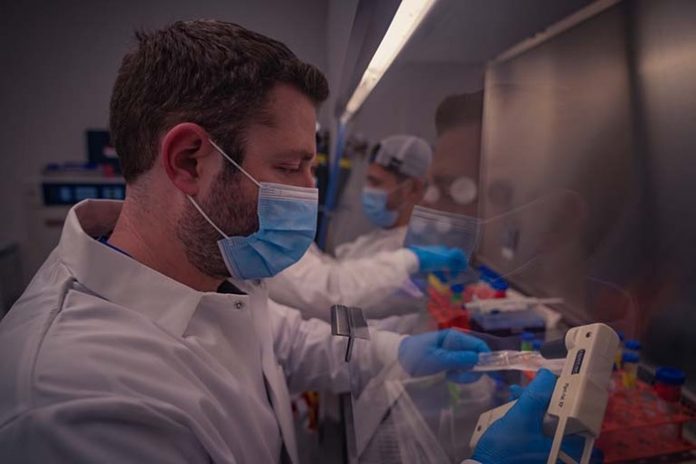An investigation from biotechnology startup MicroQuin launching to the International Space Station (ISS) on Northrop Grumman’s 17th Commercial Resupply Services (CRS) aims to better understand the onset and progression of cancer. The project will use 3D cell culture to examine cell signaling pathways involved in tumorigenesis (the process by which normal cells transform into cancer cells). MicroQuin will also observe how cancer cells respond to a new cancer therapeutic the company has developed.
MicroQuin was awarded a grant for this project through the Technology in Space Prize, funded by Boeing and the Center for the Advancement of Science in Space, Inc., manager of the ISS National Laboratory, in partnership with the MassChallenge startup accelerator program.
The investigation, supported by ISS National Lab Commercial Service Provider BioServe Space Technologies, will use microgravity conditions on the ISS to grow 3D cultures of prostate and breast cancer cells as well as healthy cells. The research team will characterize cell structure, gene expression, and cell signaling in the 3D cultures of the cancer cells in comparison with healthy cells.
Cells behave differently in microgravity, forming 3D structures that more closely resemble the growth and behavior of cells inside the human body. According to Scott Robinson, president and chief science officer of MicroQuin, this type of cell growth is difficult to achieve on Earth, even with the help of scaffolding. The stress of microgravity also induces changes in cell signaling, allowing the research team to study signaling pathways in new ways.
“When you send cells into space, in particular cancer cells, the signaling inside the cells changes considerably,” Robinson said. “These changes occur quite fast, and we don’t really understand exactly what those changes are and what causes them.”
When cells mutate uncontrollably, they turn into cancer cells through a process known as tumorigenesis. By studying cell signaling within cancer cells and healthy cells, MicroQuin hopes to better understand how changes in signaling may lead to cancer development.
“We’re really trying to determine what the key pathways are behind cancer-like development, tumorigenesis, and oncogenesis,” Robinson said. “We think this study will help us understand that a bit better, and ultimately, we will better understand how the environment of the cancer cell changes.”
In their experiment, the research team will examine microgravity-induced changes in the breast and prostate cancer cells compared with each other and compared with healthy cells. The team will also observe how the cancer cells change in response to MicroQuin’s therapeutic, which targets an integral intracellular protein called TMBIM6. This particular protein helps regulate cellular stress, and research indicates that it also plays an essential role in cancer development. “There’s not a single cancer that does not rely on this protein in some way,” Robinson said.
By conducting this investigation in the stressful microgravity environment, the team hopes to better understand exactly what role TMBIM6 proteins play and how they can be used to develop cancer therapies. Results could help MicroQuin refine its cancer therapeutic and develop additional drugs for targeted treatment of breast, prostate, and other cancers.








